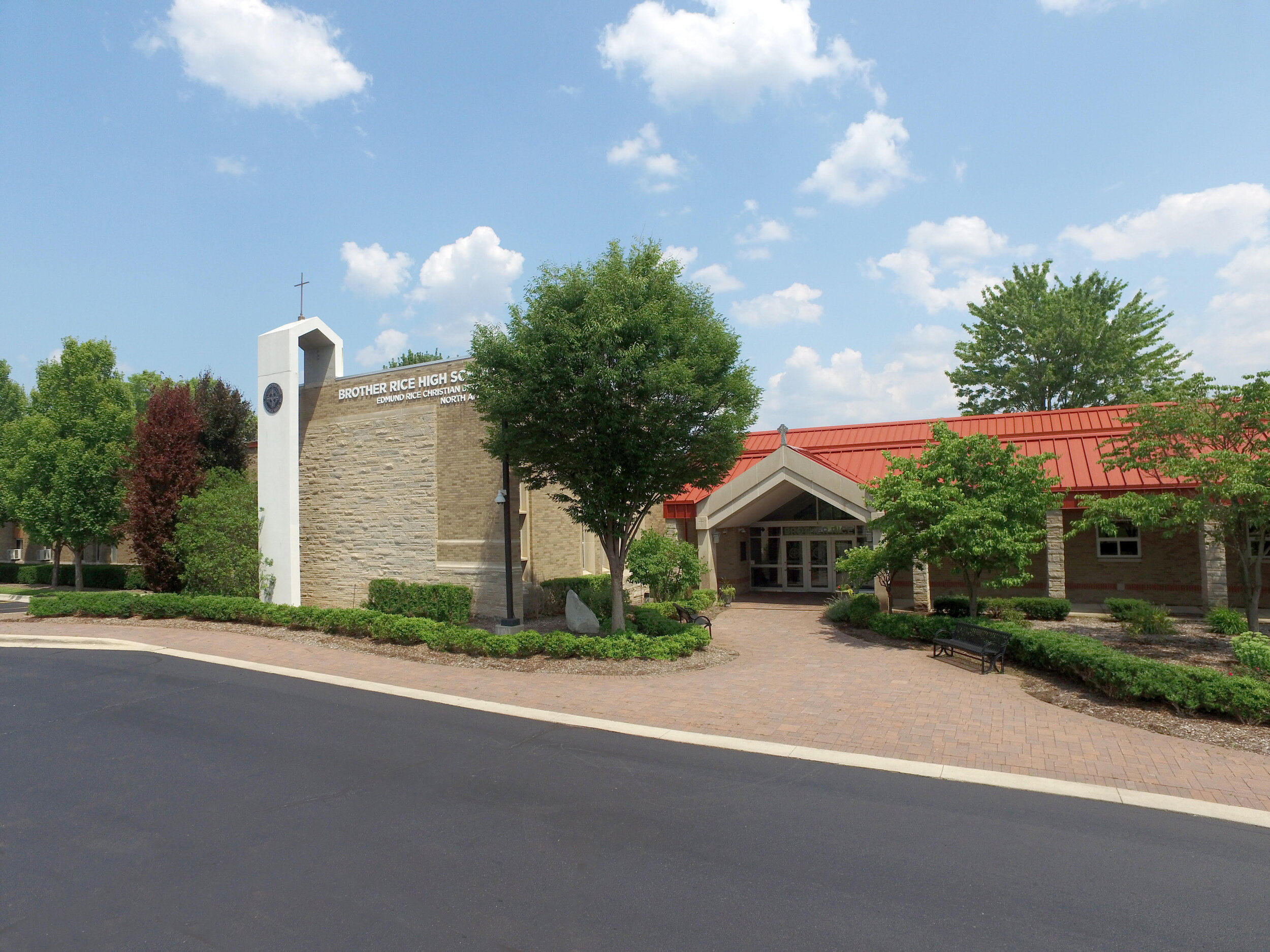Schools Prepare for the New Year
By PAUL NATINSKY
Reflecting the fractures over COVID-19 precautions, vaccinations and policies, Metro Detroit schools plan to return to normalcy under shifting rules and guidelines when students return in September.
We spoke to several principals and superintendents and all are poised to offer in-person instruction with as close to a pre-pandemic structure as they can get.
However, there are a number of issues complicating those plans. One key issue is vaccinations. Only about 60% of eligible Michiganders have received one of the approved vaccines.
The eligibility age continues to ratchet down and now stands at 12. However, that leaves virtually all elementary and some middle school children ineligible for vaccines, a situation that is unlikely to change before the school year begins.
None of the school districts we contacted require vaccinations, nor masks for the fall semester.
The Associated Press reported that Detroit Public Schools is likely to require mask wearing at all times unless an entire room is vaccinated. The district is working on an identification system—possibly lanyards—to help identify the vaccinated, the report said.
The American Academy of Pediatrics in late July recommended mask wearing indoors only for students and teachers who are not fully vaccinated. Still, the Academy reported that cases among children increased only slightly between July 1 and July 15.
“It’s frustrating,” Novi Community Schools Superintendent Steve Matthews told the Associated Press. “Parents hear that these are recommendations and it becomes a delicate dance.”
Schools Are Better Prepared
All schools were closed to in-person learning for the last few months of the 2019/2020 school year, and again around the 2020/2021 winter holidays. The closures forced schools to bolster their distance learning programs, a move that will help the districts that continue to offer completely virtual options and ensure that those who plan to be 100% in-person are equipped to handle an outbreak and switch to remote learning.
Utica Community Schools Superintendent Robert Monroe plans to keep its COVID-inspired “Virtual Academy” in place for 2021/2022.
“The Virtual Academy provides students a complete on-line access to K-12 programs offered through the Utica Community Schools, including core elementary and specials and secondary elective and required courses,” said Monroe.
“It was introduced for families who wanted to remain in a virtual environment as we expanded in-person learning. Given the success of the program, we are offering the Virtual Academy for families who are seeking a full on-line environment for their children.”
Warren Consolidated Schools enhanced its distance learning capabilities by purchasing more than 10,000 new laptops so students could learn at home, said Superintendent Robert Livernois. Warren Schools offered a mix of in-person and virtual learning last year. This year, the district expects “things to return to normal,” although Livernois said he remains concerned about how the virus will affect those who have chosen not to be vaccinated.
With more than 13,000 students, Warren Consolidated plans to continue providing transportation. Livernois said the district has “aggressively increased our sanitizing of the buses after each student use.”
Brother Rice High School Principal Edward Okuniewski said his school was prepared for COVID before the pandemic set in. Brother Rice is what Okuniewski calls a “1-to-1 iPad” school. So, students had remote learning technology already in place. Like many institutions, Brother Rice used Zoom to conduct classroom instruction. He said teachers wore cameras on their bodies to create an interactive feel.
Brother Rice also already had in place a learning management system called Schoology, which allows teachers to assign and collect homework, record grades and perform other administrative functions online.
Okuniewski said Brother Rice typically has a number of days—Election Day, the day after parent-teacher conferences—on which students learn virtually. So, the school’s 525 students were able to smoothly transition into full-time distance learning when schools shut down.
Flexibility Is Key
Brother Rice has a luxury not afforded all school campuses—extra space. Okuniewski said the school used its media center, cafeteria and other non-traditional spaces to conduct classes. The teachers migrated from space to space, reducing student traffic. With social distancing and aggressive testing policies, Okuniewski said not one student contracted COVID-19 on campus. Some caught the virus elsewhere and quarantined at home, but none were infected at school.
Rockstars
Like most service employees, teachers work in a face-to-face, hands-on environment and had their concerns about continuing to teach. Some retired, others took a break until the virus began to come under control, but, as a group, they adapted and continued to educate children.
“I’m very proud of the work of our entire UCS team to work in partnership with families to focus on the success of each of our students,” said Monroe. “Our staff demonstrated extraordinary resiliency and innovation to make important connections with students that focused on both their academic achievement and their mental health and well-being.
“Through the past school year, we had a planning process that allowed us to expand in-person learning in a way that allowed us to move forward and, if necessary, pause our implementation or make any necessary adjustments.”
Okuniewski said the teachers at Brother Rice have been “rockstars,” masking up, moving from room-to-room, teaching remote and live. It was exhausting, he said, but they adapted, pushed and accommodated.
It’s not yet clear what challenges await in the coming school year, but teachers and administrators stand ready to apply the lessons and implement the resources they gathered during the past two arduous years.



